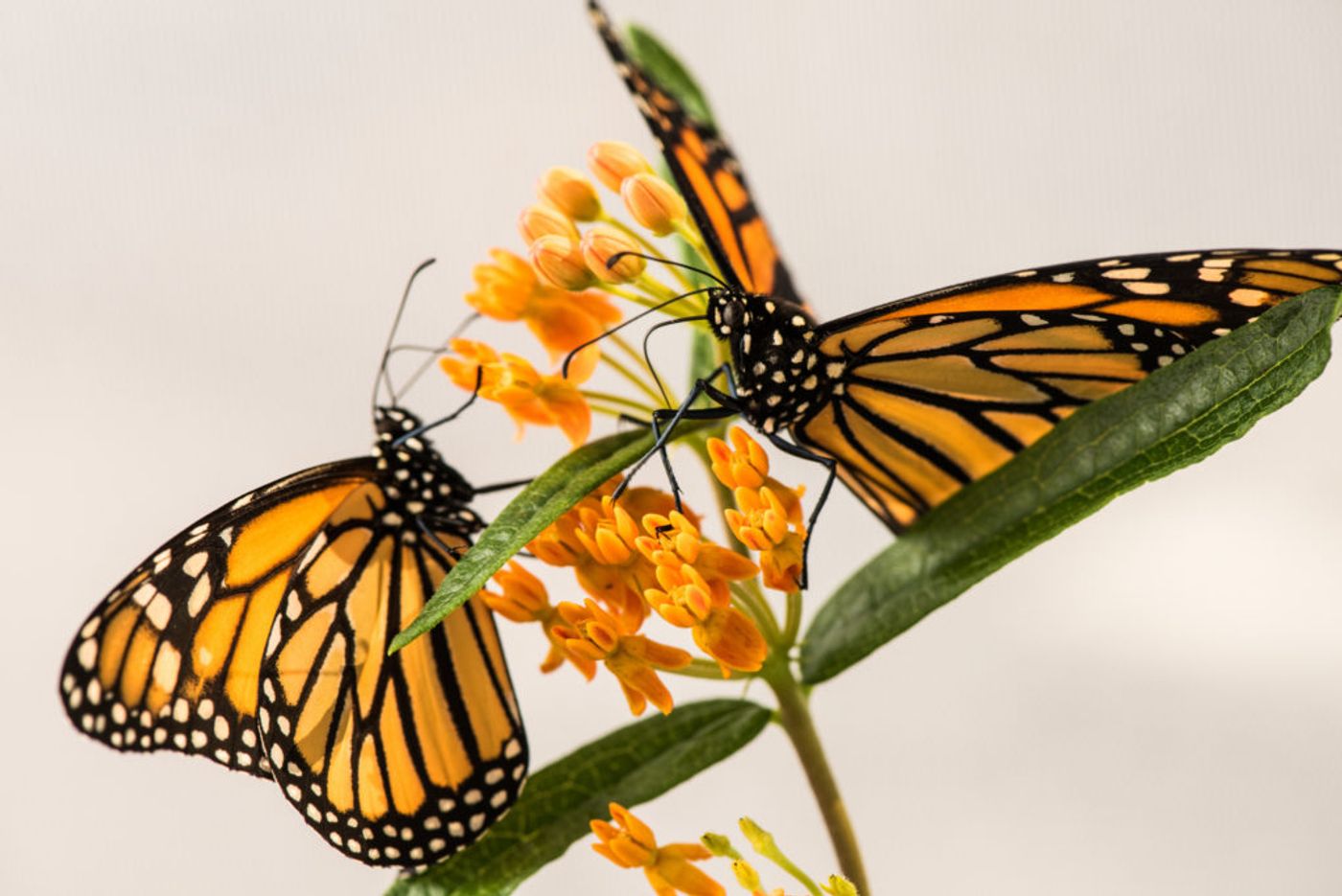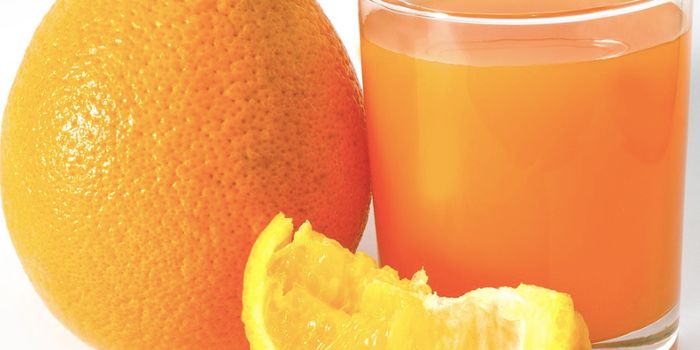Migrating Monarch Butterflies Are Experiencing Elevated Parasitism Risks
Monarch butterflies don’t take too kindly to the colder Winter months. The insects naturally avoid the cold by migrating to places that stay warm year-round, such as Mexico and Southern California.
But as a study published this week in the journal Ecology Letters points out, something is throwing natural monarch butterfly migration out of whack and increasing the likelihood that migrants will contract a disease or parasite. And perhaps unsurprisingly, the problem may stem from human behavior.
Image Credit: Michigan Photography
The culprit seems to be linked to an uptick in the amount of exotic tropical milkweed being planted in response to native milkweed scarcity. Milkweed plants serve as a food source and a host plant for monarchs to lay their eggs on, but the tropical variety doesn’t respond to the Winter months in the same manner as the native variety does
Tropical milkweed tends to ride out the colder Winter months, which provides monarch butterflies with a year-round food source; this then encourages monarchs to stay put rather than migrate Southward in search of food.
So you might be wondering… how does this cause an uptick in disease and parasite infections in monarch butterfly populations? As it turns out, natural migration patterns may play an instrumental role in weeding out infected monarchs from the rest of the population. But as migration patterns decline in the face of widespread tropical milkweed availability, nature’s method of ‘weeding out’ the ill monarchs becomes less effective.
Ophryocystis elektroscirrha (OE) is a parasite that impacts monarch butterfly populations by weakening their flight capability. In turn, this makes it more challenging (and sometimes impossible) for the monarchs to migrate long distances.
Naturally, healthy monarchs would make it to their migratory destination in one piece, leaving the infected behind to perish. But as migration transpires less frequently, the parasite spreads like wildfire among local populations and migratory monarchs that visit these local sites face elevated infection risks.
"We learned from previous research with citizen scientists that monarchs breeding during the winter months in the southern U.S. (rather than migrating to their wintering sites Mexico) suffer extremely high rates of parasitism," explained study lead author Dara Satterfield from the University of Georgia.
Related: Study reveals major decline of monarch butterflies in Western North America
"The ecology of monarchs is intimately linked to that of their milkweed food plants," added study co-author Mark Hunter from the University of Michigan.
"When we alter the distribution and abundance of milkweeds, either by introducing exotic species or eliminating native species, we should expect to see negative consequences for monarchs."
The researchers confirmed these suspicions after analyzing the chemical compositions in the wings of monarch butterfly populations. The unique signature in their wings told the entire story, including the insect’s origins and the type of milkweed it grew up with.
The research exposed infection rates as high as 95% in resident monarchs, while infection rates never peaked above 9% in their migrant counterparts. But when the migrants co-existed with residents at year-round breeding sites, the latter figure skyrocketed to more than 25%.
The results show the staggering difference in infection rates among migratory and non-migratory monarch butterflies, and with fewer monarchs migrating these days, this raises disturbing implications for the species.
But fear not, as there may be a way to reverse all this madness. Removing exotic tropical milkweed plants from garden center shelves and replacing them with native specimens can encourage folks to plant the proper plants and help the monarchs revert to their migratory ways.
"We recommend that habitat restoration for monarchs focus on native species of milkweed, which are synchronized with the monarch's natural migratory cycle and do not enable the year-round breeding that can lead to high parasitism rates," Satterfield said.
Related: Monarch butterflies' favorite food turns poisonous amid warming temperatures
With additional research and strengthened conservation efforts, it may be possible to save the monarch butterfly from a dismal fate. But it will take time and effort.
Source: University of Michigan, Ecology Letters









